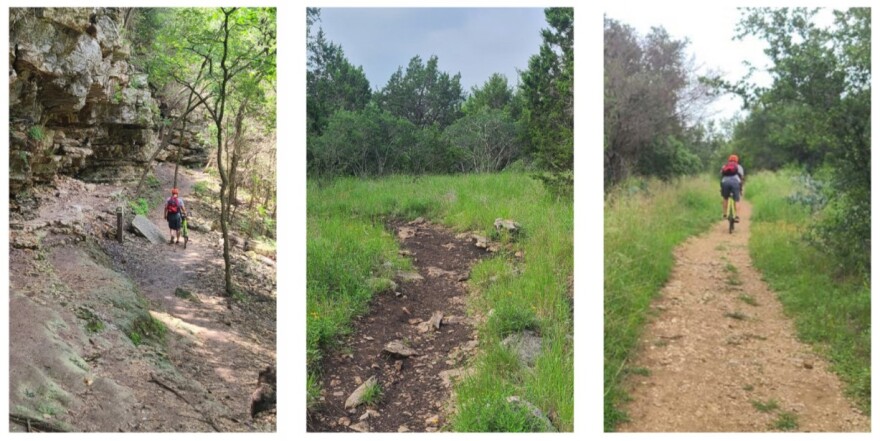The Great Springs Project aims to someday create a whole new route between San Antonio and Austin, without driving a mile on I-35. And it's not for people in a rush, either.
That’s because those traveling this route won’t be driving a car. They’ll be riding a bike, or walking.
The Great Springs Project’s Emma Lindrose-Siegel explained that it “is a nonprofit organization incorporated in Texas with a two-fold mission. The first is to build a hike and bike trail connecting the four great springs of Central Texas from the Alamo to the Capitol.”

The way the route’s laid out, most of it is above the Edwards Aquifer.
“The second part of our mission is to conserve an additional 50,000 acres of high conservation value land over the Edwards Aquifer recharge in future reading zones between Austin and San Antonio,” Lindrose-Siegel added.
Texas is a very hard place to make this kind of endeavor work because nearly all of the land is privately owned. “Over 95% of land in Texas is privately owned,” she said. “So the vast majority of our work and the challenges of that work are engaging with private landowners up and down the central Texas I-35 corridor.”
Besides its larger theme is about getting back to nature, the trail will remind travelers that water is life by taking them to the places that made life here possible.

“It starts in Austin at Barton Springs and follows along the violet crown trail into Hays County to San Marcos Springs, to Comal Springs in New Braunfels, and finally the Blue Hole in San Antonio,” Lindrose-Siegel said.
An endeavor of this size is done in increments, and the Great Springs Project recently moved one more step in the right direction.

“We are working right now to prepare Limestone Link for public access, which is 102 acre property in Hays County in San Marcos,” she said. “It's designated to become an open space preserve and have a trail corridor that moves through it which will be part of the 17-mile loop that goes around the city of San Marcos.”
This piecemeal process of obtaining contiguous properties along the 90-mile distance is a long slog, but they are determined to run the course, to be completed for the Texas Bicentennial in 2036.




